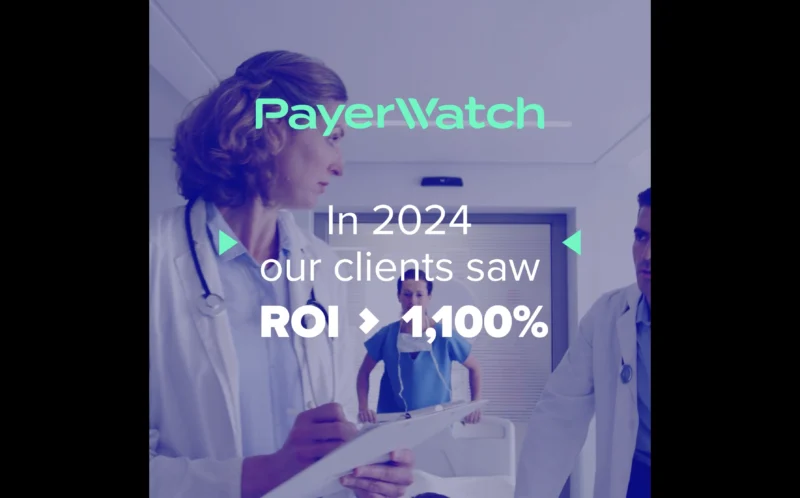Takeaways from HLTH 2021
John Elliott, VP of Sales at Carevive, attended the HLTH conference and shared his perspective on the event. The conference featured a unique blend of in-person and virtual components, providing a comprehensive business audience with diverse interests and expertise in the healthcare ecosystem. John highlighted the enthusiasm, problem-solving mindset, and investment opportunities that made the conference an exciting and valuable experience.
Key Takeaways:
The attendees at HLTH exhibited great enthusiasm and excitement, showcasing a mix of in-person and virtual engagement. John emphasized the importance of capturing insights from the sessions, which will be available for two months following the event. He expressed curiosity about the experience of those attending the conference solely virtually.
Comprehensive Business Audience:
John appreciated the comprehensive business audience at HLTH, which extended beyond traditional healthcare IT vendors and leaders. The conference attracted investors, health system innovators, and internal teams focused on optimizing processes and implementing technology solutions. The presence of investment professionals from outside the healthcare industry highlighted the potential and need for problem-solving within the healthcare landscape.
The Excitement of Problem-Solving:
John found the problem-solving mindset prevalent at HLTH to be particularly exciting. Attendees were eager to explore investment opportunities, mix and match various vendors, and drive innovation within their organizations. The expanding role of innovation teams, in addition to traditional health system leadership, demonstrated a growing focus on optimizing healthcare delivery.




